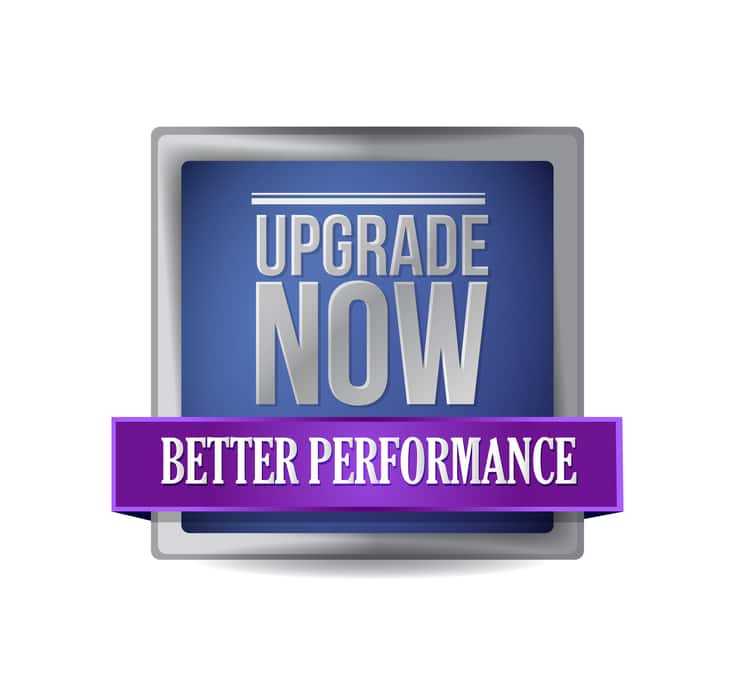Sales: 678.967.3854
Support: 866.252.6363
What We Do
Who We Serve
Success Stories
Latest Thinking
LATEST THINKING
About Us

By the DynaSis Team
Savvy business owners recognize that newer technology is faster and more efficient than outdated PCs, cellphones, and other hardware and devices. Nevertheless, for cash-strapped businesses seeking to maximize IT budgets, the question then becomes, is modern technology so much of an improvement that it is worth the expense? Short of replacing hardware when it dies, how can you calculate the value of replacing old hardware and devices with modern ones?
We’ll talk about that in a minute, but first, we wanted to share an interesting fact. During an interview with the Wall Street Journal, Bob O’Donnell, program vice president for research firm IDC, noted that workers waste up to three days, per year, waiting for older devices to boot up or load web pages.
This is a metric that is easy for anyone to calculate. For example, if you are paying an employee $52,000 a year, plus benefits and paid time off (traditionally considered to add one-third to the labor cost), your labor expense is nearly $70,000 a year. That equates to roughly $266 per day.
If that person is working on an older PC, you are wasting as much as $798 a year in the time he or she waits for an outdated PC to perform these processing operations, compared to the time it would take on a new machine.
That factoid surprised us, and it exemplifies how the hidden costs of using outdated technology really add up. Of course, faced with small budgets and daily pressures, it is still easy for business owners to put upgrades off.
Allocating IT budgets effectively requires balancing between end-user costs, direct technology costs and the value of turning productivity losses into gains. That’s why we recommend that organizations not make upgrade decisions without considering the business use case and support model—for the duration of the lifecycle—of every system they currently own and will someday replace.
When an organization comes to us, we also urge its decision makers to order a DynaSis IT Assessment before making upgrade decisions. This non-invasive exploration maps and evaluates the company network, hardware, devices and other IT elements and returns suggestions for urgent and recommended improvements. Sometimes, the worst performers in the company—the machines that are destroying productivity or even causing damage to corporate operations or public reputation—aren’t obvious to the untrained eye.
When evaluating the benefits of upgrading to modern technology, companies should also consider the negative impacts of machine/device age, including performance (not only processing speed but also ability to run modern software), availability (downtime concerns) and security. Other considerations include usage (why and how employees interact with the system for work purposes) and mobility (whether or not the current hardware supports remote productivity).
By understanding all these factors, firms are in a much better position to recognize the single most important distinction in developing ROI—the difference between cost and value. Armed with that information, they can establish refresh cycles that not only eliminate the three days of wasted time we mentioned earlier but also reduce outages, increase worker satisfaction and increase competitive edge.
DynaSis offers on-demand CIO services, where virtual CIOs can give you as much assistance with evaluation and planning as you need. We also offer affordable IT design services and installation services. To learn more, we invite you to give us a call.
